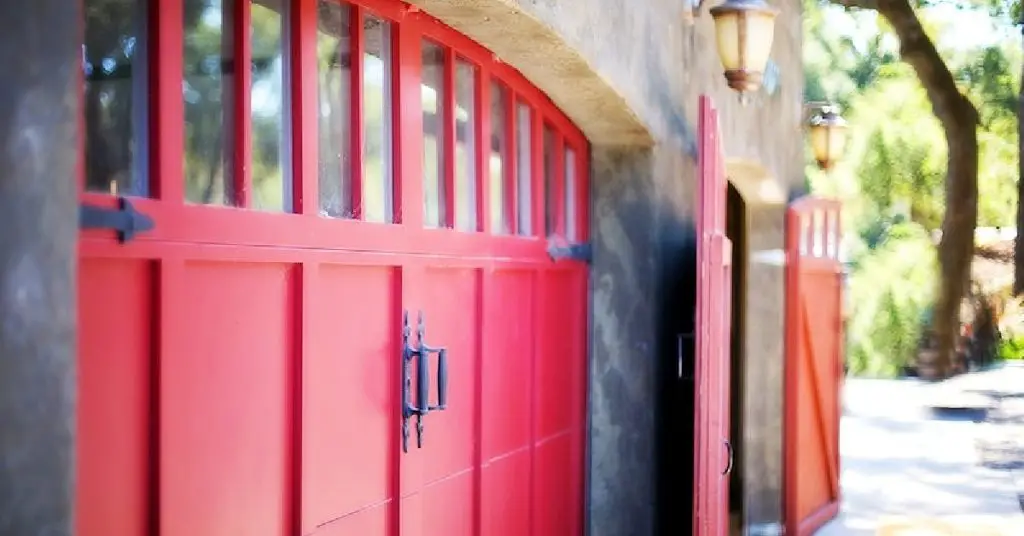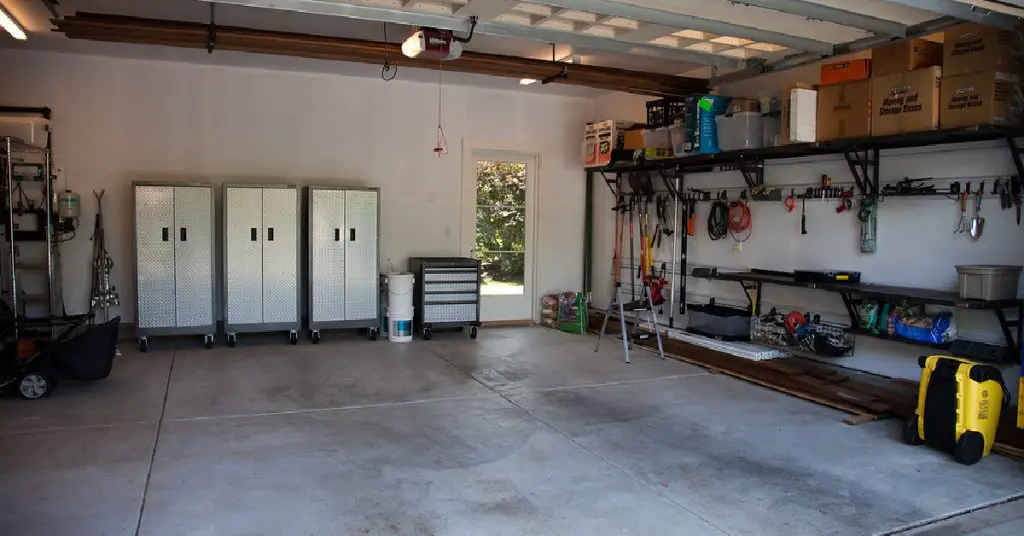Garage door hinges play a crucial role in the smooth operation of your garage door, ensuring that it opens and closes easily. These small but essential components connect the various panels of the door, allowing them to pivot as the door moves along the tracks. Over time, garage door hinges can wear down or become damaged due to weather, usage, and general wear and tear.
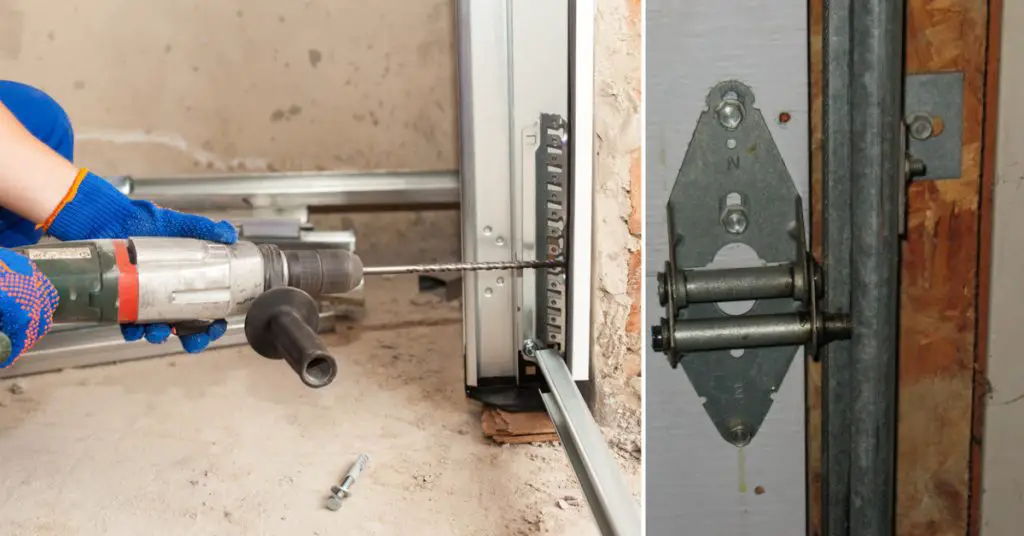
A malfunctioning hinge can cause a range of problems, including uneven door movement, gaps between panels, and even compromising the security of your garage. This article serves as an introduction to garage door hinges, providing an overview of their importance, types, and how to replace garage door hinges when needed to maintain optimal garage door performance.
Types of Garage Door Hinges
Several types of garage door hinges are available, each designed to suit specific garage door systems and configurations. The most common types include:
- Standard Hinges: These are the most common type of garage door hinges used in various residential and commercial garage doors. They are typically made of steel and have a straightforward design, with two plates connected by a central pivot point. Standard hinges come in various sizes and gauges to accommodate different door weights and widths.
- Double Hinges: Also known as “dual-hinge” or “bi-fold” hinges, double hinges are used in garage doors with additional panels or sections that need to fold or bend at multiple points. These hinges consist of two separate hinge plates connected by a central pin or bolt, allowing the door to fold and unfold easily as it moves along the tracks.
- Long Leaf Hinges: These hinges feature an elongated leaf design that provides extra support and stability to the garage door panels. Longleaf hinges are commonly used in heavy-duty or commercial garage doors, requiring additional strength and reinforcement. They are available in various sizes and materials for different door weights and dimensions.
- Offset Hinges: Offset hinges are designed to accommodate garage doors with unique or irregular panel arrangements. They feature an offset pivot point, which allows them to create a customized alignment between the door panels. These hinges are ideal for situations where standard hinges cannot provide the necessary support or flexibility.
When selecting the appropriate garage door hinge, it is essential to consider factors such as the garage door’s size, weight, and panel configuration. It’s also crucial to select hinges made from durable materials, such as steel, to ensure they can withstand regular wear and tear and the elements.
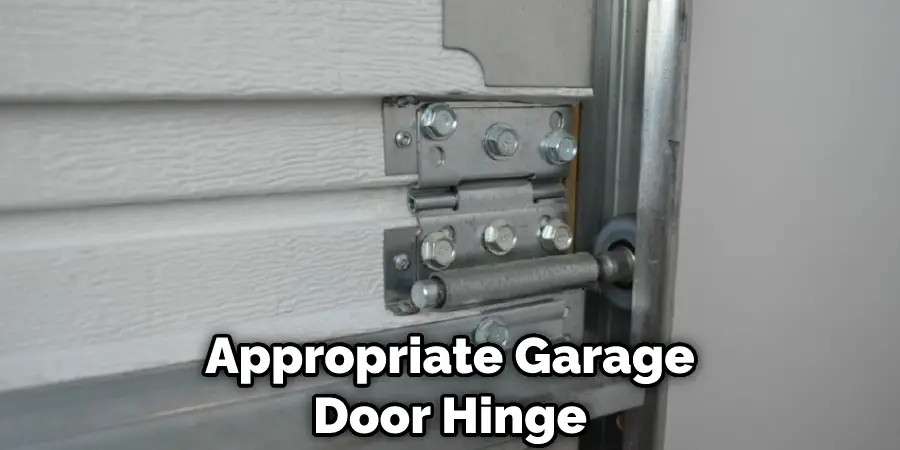
Tools and Materials Needed for Hinge Replacement
Replacing garage door hinges requires a few essential tools and materials to ensure a safe and efficient process. Before starting the hinge replacement, gather the following items:
- New Garage Door Hinges: Make sure to purchase the correct type and size of hinges that match your existing garage door. Check the hinged number or consult the garage door manufacturer’s guidelines to ensure compatibility.
- Socket Wrench: You’ll need a socket wrench to loosen and tighten the bolts and nuts that secure the hinges to the garage door panels.
- Adjustable Wrench: An adjustable wrench can be an alternative to a socket wrench or hold the nuts in place while you tighten the bolts with the socket wrench.
- Screwdriver: A screwdriver may be needed to remove or adjust additional fasteners on the garage door panels or tracks.
- Ladder: A sturdy ladder or step stool is essential for reaching the upper garage door panels and hinges during replacement.
- Work Gloves: Wear durable gloves to protect your hands from sharp edges and pinch points while handling the garage door hinges and panels.
- Safety Glasses: Safety glasses can help protect your eyes from dust, debris, or metal shavings during the hinge replacement.
Gathering the right tools and materials beforehand will help ensure a smoother hinge replacement process and minimize the risk of accidents or damage to your garage door.
8 Easy Step-by-Step Guide for How to Replace Garage Door Hinges
Replacing garage door hinges can be a straightforward process if you follow these step-by-step instructions:
Step 1: Prepare the Workspace
Begin by ensuring the workspace is clean and free of any obstacles. Close the garage door and disconnect the power to the door opener to prevent accidental activations during the hinge replacement.
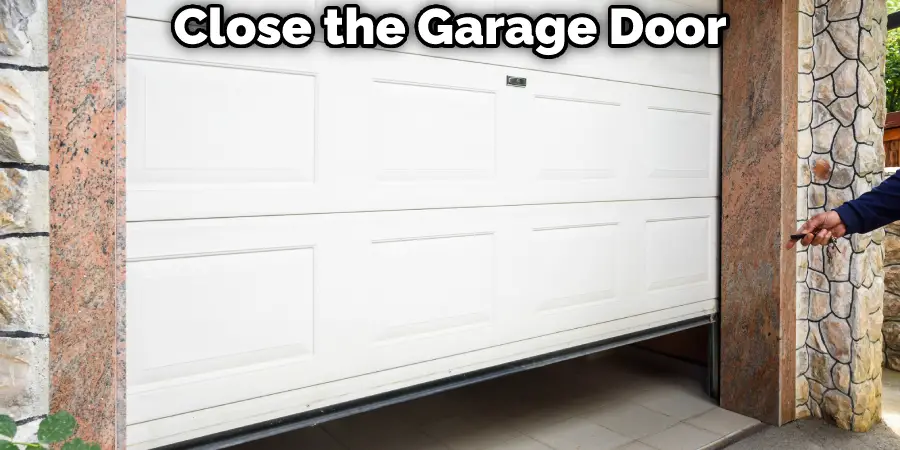
Step 2: Identify the Damaged Hinge
Inspect your garage door to locate the damaged hinge that needs replacement. Make sure to have the correct replacement hinge on hand.
Step 3: Secure the Garage Door
To prevent the door from falling or shifting, use a clamp or locking pliers to secure the door to the track just above one of the rollers. This will hold the door in place during the hinge replacement.
Step 4: Remove the Damaged Hinge
Climb the ladder to reach the damaged hinge. Remove the bolts and nuts that attach the hinge to the garage door panels using a socket or adjustable wrench. Carefully detach the hinge from the door and set it aside.
Step 5: Install the New Hinge
Position the new hinge in place, aligning it with the existing holes on the garage door panels. Insert the bolts and nuts, and use the socket or adjustable wrench to tighten them securely. Ensure that the hinge moves freely and smoothly.
Step 6: Reconnect the Roller
If the hinge you replaced also holds a roller, make sure the roller is correctly positioned within the track before tightening the hinge completely. This will ensure the door moves smoothly along the track when opened or closed.
Step 7: Test the Garage Door
Remove the clamp or locking pliers that were securing the door to the track. Reconnect the power to the garage door opener and carefully test the door’s operation, ensuring it opens and closes smoothly without any issues.
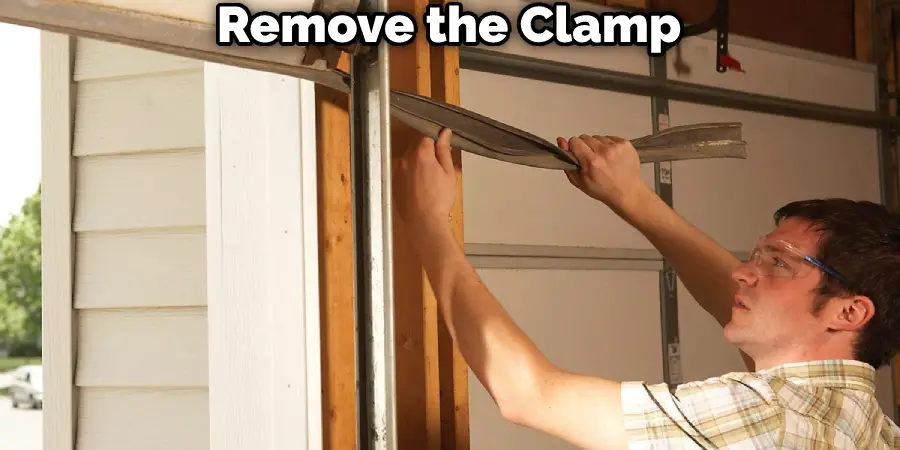
Step 8: Inspect the Remaining Hinges
While the door is still operating, visually inspect the other hinges for signs of wear or damage. It’s a good idea to periodically check and replace worn hinges to maintain optimal garage door performance.
Following these steps, you can successfully replace a damaged garage door hinge and keep your garage door functioning smoothly and safely.
You Can Check It Out to Reinforce an Old Garage
7 Tips for Prolonging the Life of Garage Door Hinges
Maintaining garage door hinges is essential for extending the lifespan of your garage door system and ensuring smooth operation. Here are some tips to help you maintain your garage door hinges effectively:
- Regular Inspection: Periodically inspect your garage door hinges for signs of wear, rust, or damage. This will help you identify any issues early on and replace damaged hinges before they lead to more extensive problems.
- Cleaning: Keep the hinges clean by removing dirt, debris, and grime that may accumulate over time. Use a soft brush or cloth to gently clean the hinges, and avoid using harsh chemicals that may damage the hinge’s surface or cause corrosion.
- Lubrication: Lubricate the hinges regularly with a garage door-specific lubricant to ensure smooth operation and reduce friction. Avoid heavy grease or oil, as these can attract dirt and debris, leading to more wear and tear on the hinges. Apply the lubricant sparingly and wipe away any excess with a clean cloth.
- Check for Loose Hardware: Routinely check the bolts and nuts that secure the hinges to the garage door panels. If you find loose hardware, tighten it using a socket or adjustable wrench to prevent further issues.
- Replace Damaged Hinges: If you spot any damaged or excessively worn hinges, replace them as soon as possible to prevent additional strain on the garage door system. Always use the correct type and size of hinges for your specific garage door model.
- Balance the Door: Ensure your garage door is balanced, as an unbalanced door can place excessive stress on the hinges and other hardware. To check the balance, disconnect the garage door opener and manually lift the door halfway. If it stays in place, the door is balanced; an adjustment is required if it falls or rises. It’s best to contact a garage door professional to handle any balance adjustments.
- Professional Maintenance: Consider scheduling regular professional maintenance for your garage door system. A trained technician can inspect, clean, and adjust your garage door components, including the hinges, to ensure optimal performance and extend the system’s overall lifespan.
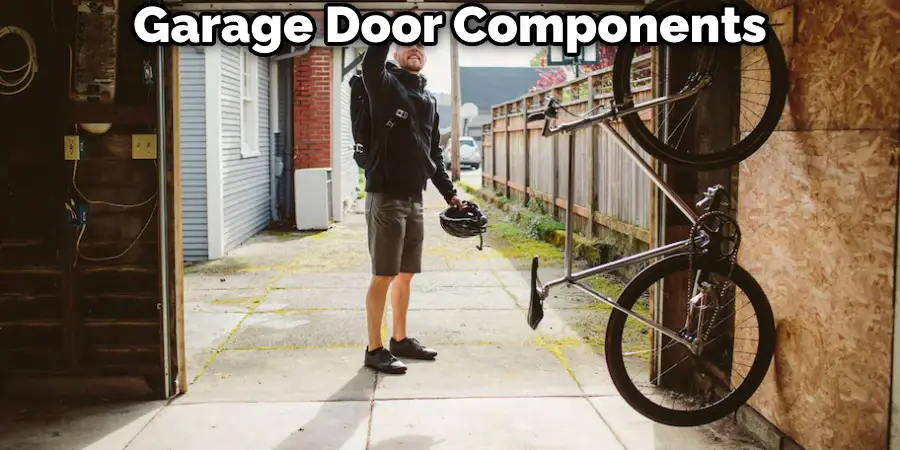
By following these tips, you can maintain the health of your garage door hinges and ensure a smooth, efficient, and safe operation for your garage door system.
FAQs About How to Replace Garage Door Hinges
Can Garage Door Hinges Be Replaced?
Yes, garage door hinges can be replaced. It’s a task that can be done without needing a service technician. You can save money by doing it yourself, as the instructional videos on YouTube explain. These videos provide step-by-step guidance on how to replace a broken garage door hinge. Before replacing the hinges, cleaning them by removing any obvious debris by hand or using a vacuum or compressed air is recommended. After cleaning, they can be lubricated with white lithium grease or another approved lubricant.
Are All Garage Door Hinges the Same?
No, all garage door hinges are not the same. There are distinct differences among them. The type of hinge used can depend on the location of the door.
What is the Best Way to Replace Door Hinges?
Remove the old hinge, including the hinge pin and screws, to replace the door hinges. Then, align your new hinge in the same spot, and secure it to the door and door frame using a screwdriver or drill with the provided screws. Insert the hinge pin to connect the two parts of the hinge. Simply repeat this process for each hinge you need to replace.
Can I Easily Replace Door Hinges?
Yes, you can easily replace door hinges. The process involves removing the old hinge and its screws, placing the new hinge in the same location, and using a drill or screwdriver to secure it with the provided screws. The hinge pin is then inserted to secure the hinge. This process is repeated for each hinge that needs replacing. Various resources, including instructional videos and articles, are available online to guide you through the process.
Conclusion
In conclusion, maintaining your garage door hinges plays a crucial role in your garage door system’s overall performance and longevity. By conducting regular inspections, keeping the hinges clean, lubricating them properly, checking for loose hardware, and replacing damaged hinges, you can help prevent common garage door issues and costly repairs. Furthermore, balancing the door and scheduling professional maintenance will ensure that all components, including hinges, are in their best working condition. By following these tips, you can enjoy a reliable and efficient garage door system that will serve you well for years.

